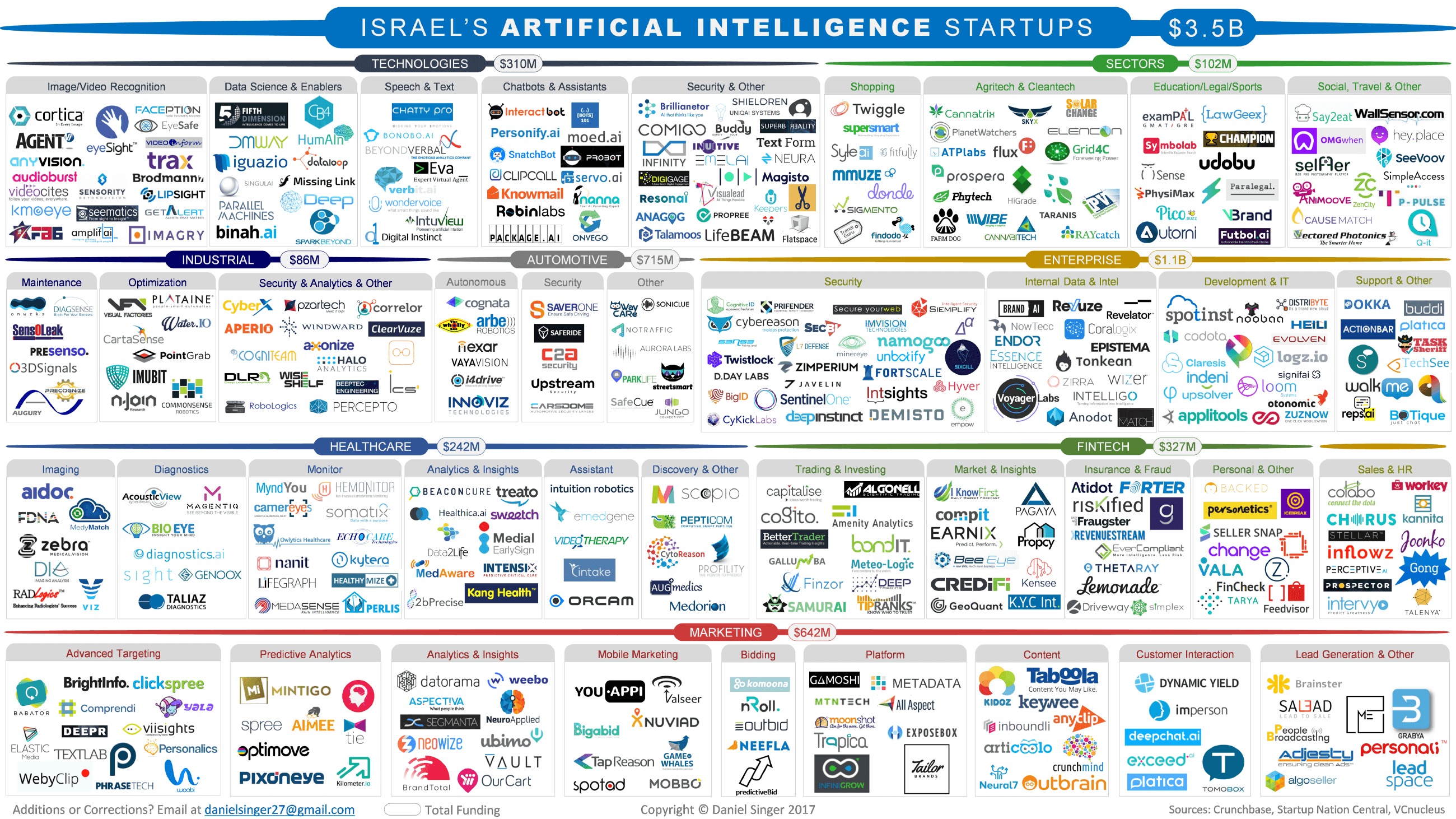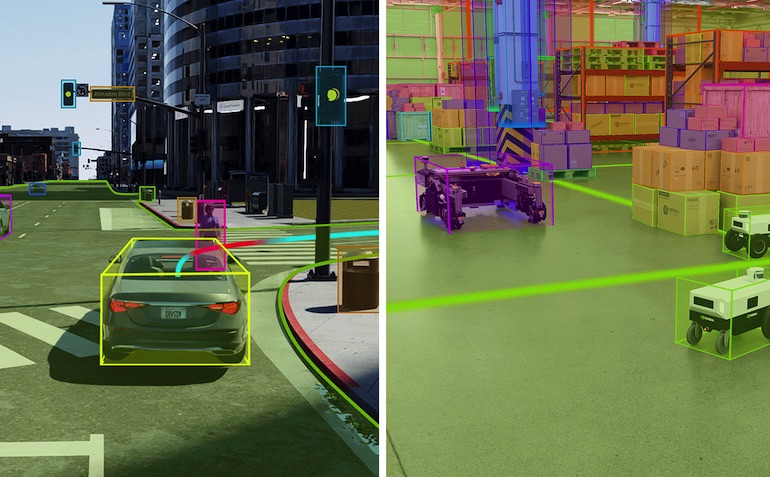As artificial intelligence (AI) continues to permeate various aspects of our lives, the European Union (EU) recognizes the imperative need for a comprehensive regulatory framework to govern its use. The adoption of such regulations is driven by a recognition of AI's immense potential for societal advancement, from enhancing medical care to revolutionizing education. However, amidst the rapid technological evolution, it becomes increasingly vital for the EU to assert its role in harnessing AI's opportunities while mitigating its risks.
At the heart of the EU's regulatory efforts lies a commitment to safeguarding fundamental rights and ensuring user safety in the development and deployment of AI technologies. Recognizing that certain AI systems carry inherent risks, the EU proposes a risk-based approach to regulation, categorizing AI systems into four levels: unacceptable risk, high-risk, limited risk, and minimal risk.
The regulatory framework is designed to address a spectrum of potential risks associated with AI systems, ranging from threats to fundamental rights to concerns regarding user safety. For instance, AI systems intended for remote biometric identification are deemed high-risk, necessitating stringent conformity assessments and adherence to mandatory requirements for trustworthy AI.
Compliance with the new regulations entails a series of obligations for providers of high-risk AI systems, including conformity assessments, quality and risk management systems, and post-market monitoring. Penalties for non-compliance are established to ensure effective enforcement and deterrence.
Importantly, the regulatory framework is not intended to stifle innovation but rather to foster it within a framework of accountability and transparency. By instilling trust among users and harmonizing rules across the EU, the framework aims to spur innovation while safeguarding fundamental rights and promoting ethical AI practices.
In addition to regulatory measures, the EU is committed to fostering an ecosystem of excellence in AI, providing support for innovative companies, SMEs, and startups. Initiatives such as regulatory sandboxes, Digital Innovation Hubs, and public-private partnerships on AI will facilitate innovation while ensuring compliance with regulatory requirements.
Ultimately, the EU's regulatory efforts in AI reflect its broader vision of promoting trustworthy AI at the international level. Through strategic partnerships and alliances with global stakeholders, the EU seeks to shape the development of AI standards and uphold the values of a rules-based multilateral system.
In a world where AI plays an increasingly pivotal role in geopolitics, commerce, and security, the EU's regulatory framework underscores its commitment to responsible AI governance and the pursuit of a future where AI serves as a force for good.


















